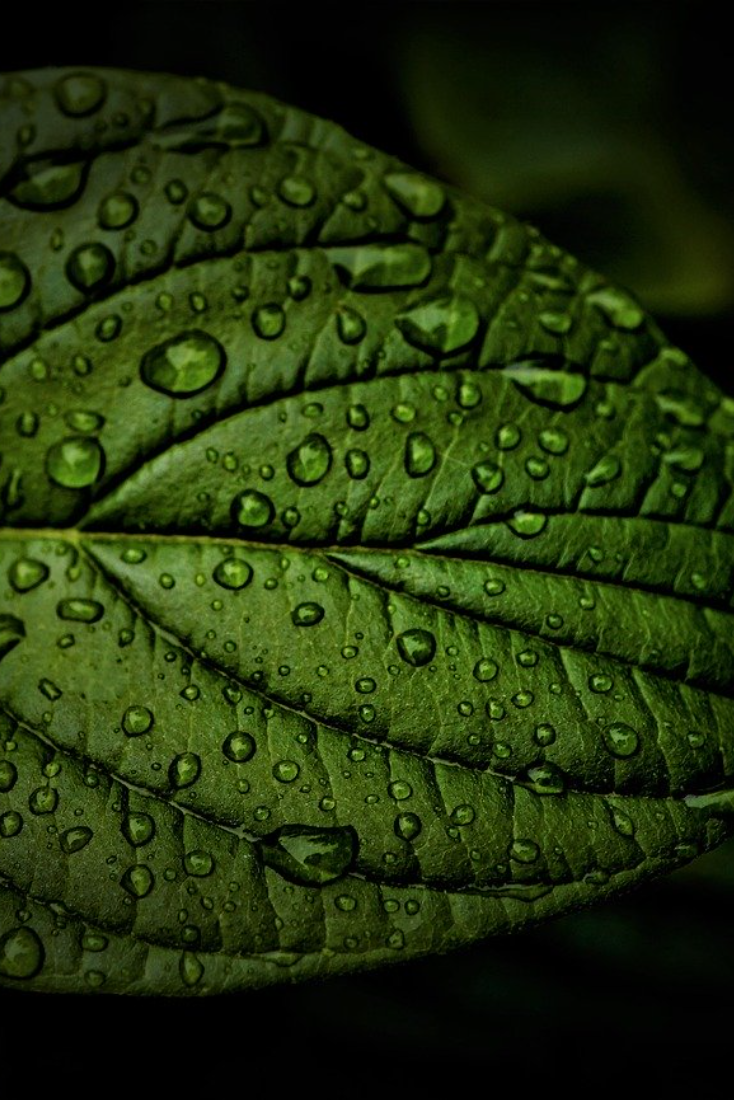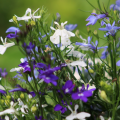Welcome July in the Garden
Welcome July and all that you may bring us.
For gardeners, July hosts a riot of color in our gardens.
History tells us that many flowers have claimed to be the birth flower for the month of July - which, by the way, the Roman Senate named to honor Julius Caesar.
In China, July's birth flower is, fittingly, the water lily. In the rest of the world, other flowers contend for the July flower - the Larkspur or the Delphinium, the Sweet Pea, and the Rose.
Thinking about all of these gorgeous summer blossoms reminded me of a sweet verse from the Maud poem by Tennyson. It goes like this:
She is coming, my dove, my dear;
She is coming, my life, my fate;
The red rose cries, "She is near, she is near;"
And the white rose weeps, "She is late;"
The larkspur listens, "I hear, I hear;"
And the lily whispers, "I wait."
— Alfred Lord Tennyson, English poet, Maud (Part I)
The Rose, the Larkspur, and the Lily; many of July’s favorite flowers are in that little verse.
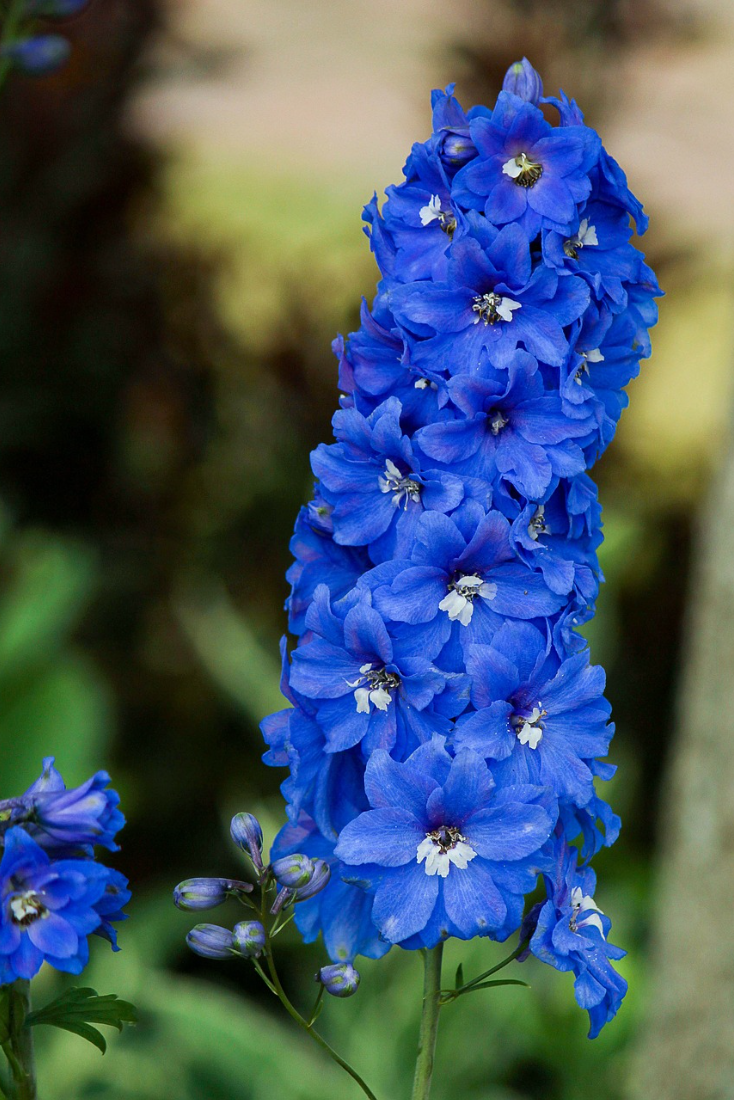
Delphinium
Truly, July is a month of abundance and extremes. On the one hand, there's the heat and on the other, there are the storms.
In 2001, the year my daughter was born, it was mighty hot in Minnesota - well over 100 degrees for weeks on end the entire month. As a result, she ended up wearing all of the ridiculous outfits people tend to give you when you have a little baby girl; things like little halter tops and itty bitty bikinis, teeny tiny little shorts, and sundresses. Now, I always preferred to have my babies properly covered - dressed in layers and bundled. But the summer Emma was born I changed my tune. Suddenly all those little skimpy outfits seemed mighty appropriate and I have many pictures of her - san's blankets and sweaters - keeping cool in her summer barbie-inspired clothes.
In reality, the average temperature in most places in America during the month of July is a very pleasant 70 degrees. That said, just don’t ask about the range - which can vary wildly.
And, July is traditionally known as the month to make hay. It’s been called Haymonth or Maed month, referring to haymaking and the flowering of the meadows.
By July, most gardens are set and gardeners tend to get their work done in the mornings when it is cooler and less buggy.
Still, experienced gardeners know that July’s biggest challenge, outside of the heat, is thunderstorms.
I remember the summer a dear friend of mine had a garden tour planned for the middle of July. Sadly, it was a tour that never happened. The night before her big day, a huge storm whipped through the area taking down trees and pelting the garden with hail. There was nothing to do but clean up.
And I remember sitting on her patio (after we had righted her table and chairs), eating one of the little radish and cucumber sandwiches that were supposed to be for the guests that day.
Well, that day was as sour as the lemonade we sipped in the chopped salad that was my friend’s garden. It’s no wonder that the folk sayings of July reflect her temperature extremes. For example:
If the first of July be rainy weather,
'Twill rain more or less for four weeks together.
Despite the storms, we seem to remember mainly the heat of July and the vibrant blooms in the garden. It’s a glorious month for ornamentals and cut flowers.
One of my personal favorites is Martagon Lilies. Martagon Lilies are in peak right now in most gardens.
They bring the most beautiful architectural aspect and form to the garden; they are so exquisite - offering a Turk’s cap-style bloom. Like many plants, Martagon colonies get better and better with age... so plant them now.
Martagons like rich soil and they will be grateful for a dusting of lime every year.
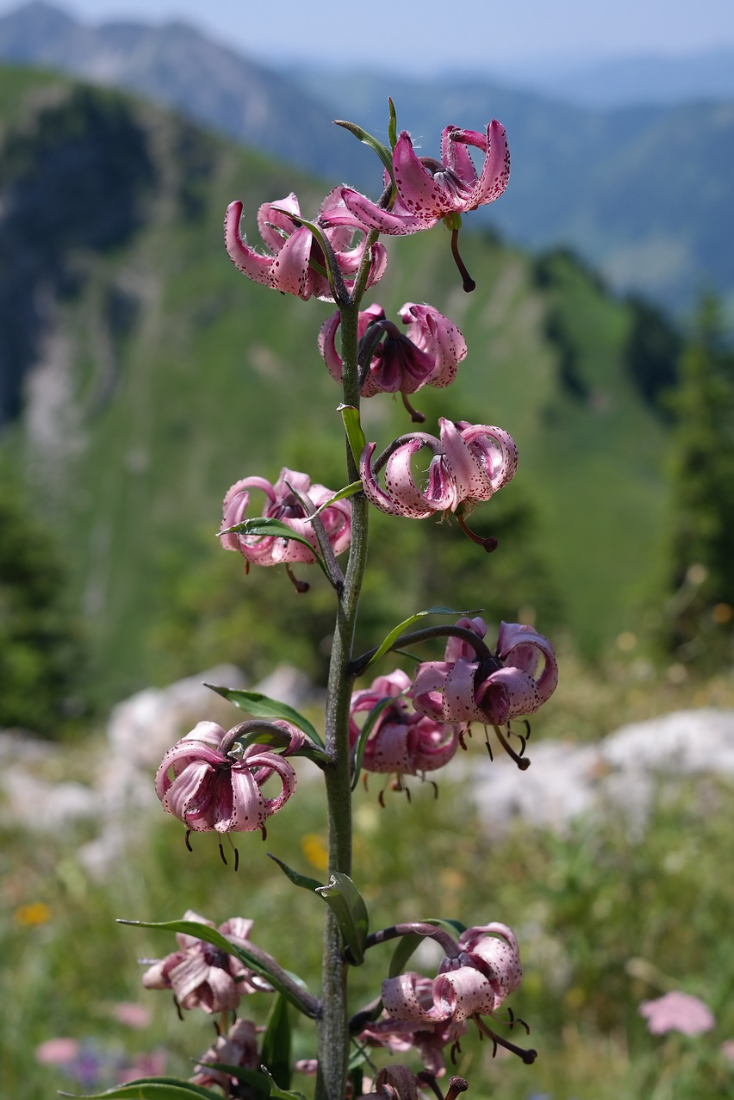
Martagon Lily
And here’s a gentle reminder to divide your Flag Iris after they finish blooming.
Regular division can re-invigorate your iris and promote healthy new growth. The saddest thing in the garden is to lose your Iris because you failed to divide them.
Experienced gardeners know that the best time to divide flag iris is immediately after flowering.
Once again, as I like to say, “Prune-time follows bloom-time” - or in this case, division follows bloom-time.
In any case, the end of any bloom-time is usually your cue as a gardener to act - so get going!
With the iris, you’ll want to lift out the whole clump with a pitchfork and use a sharp knife to separate the rhizomes.
Finally, don't forget that Flag Irises need full sun. So if you don’t have them situated properly, stage a relocation immediately.
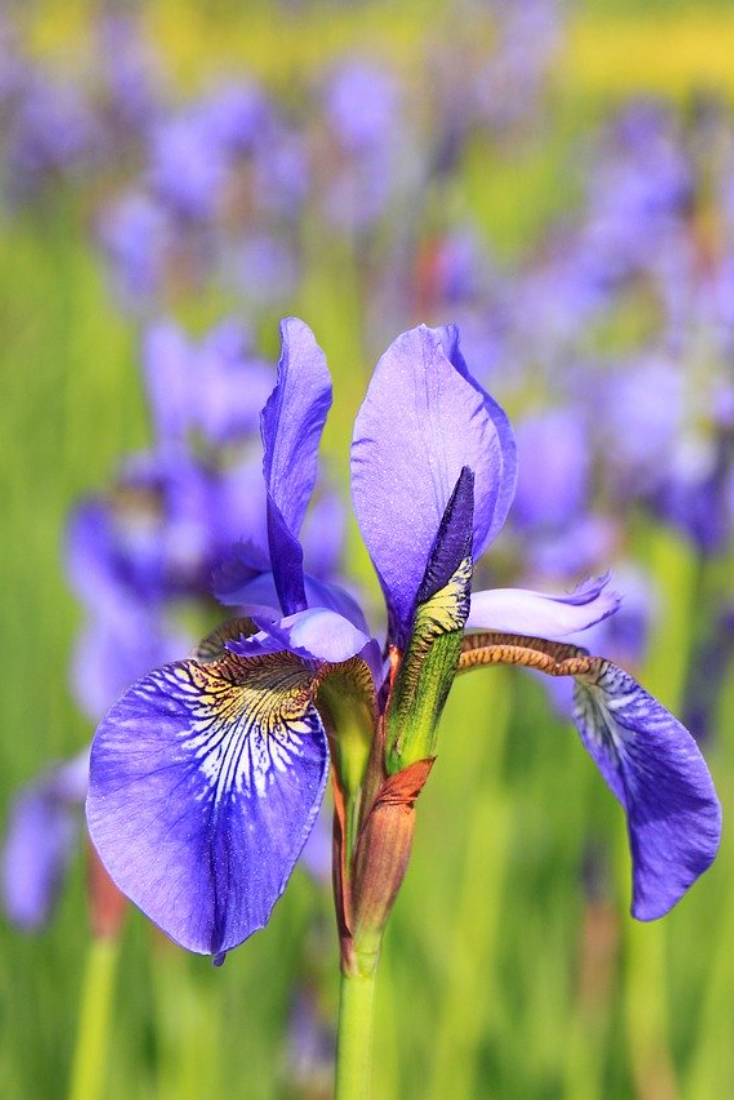
Iris
This post was featured onThe Daily Gardener podcast:


